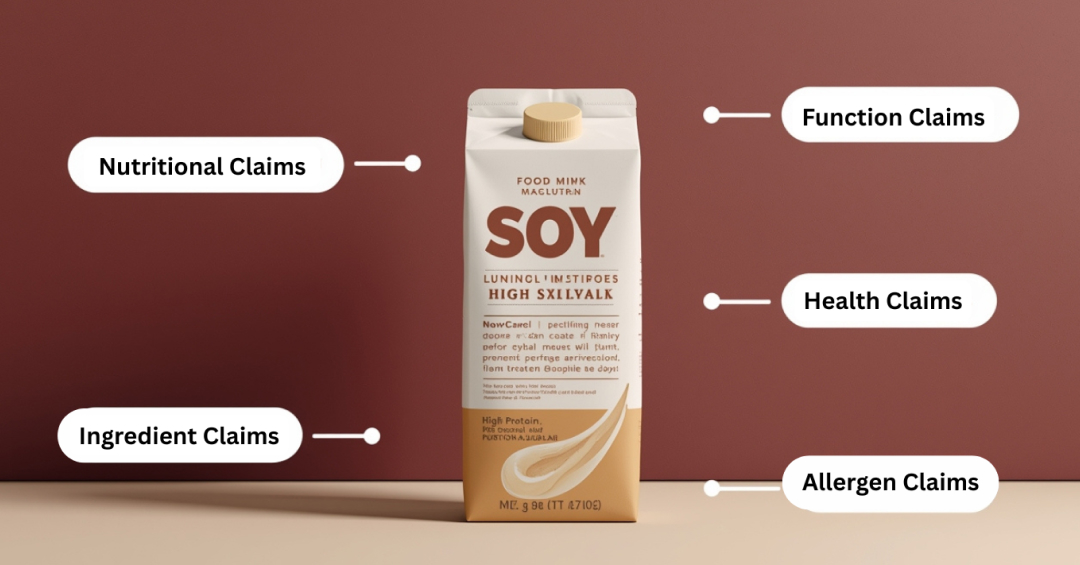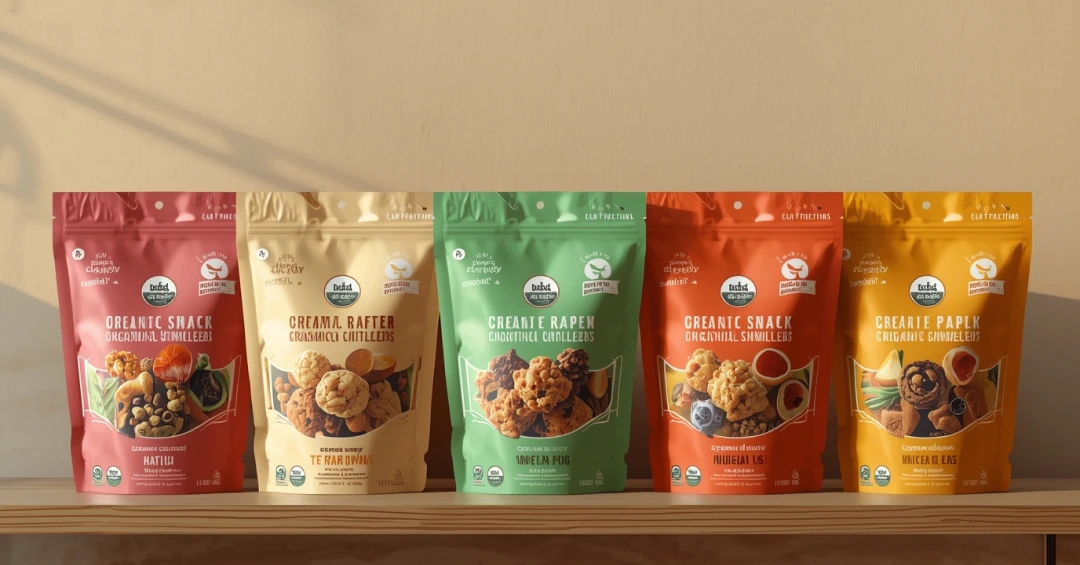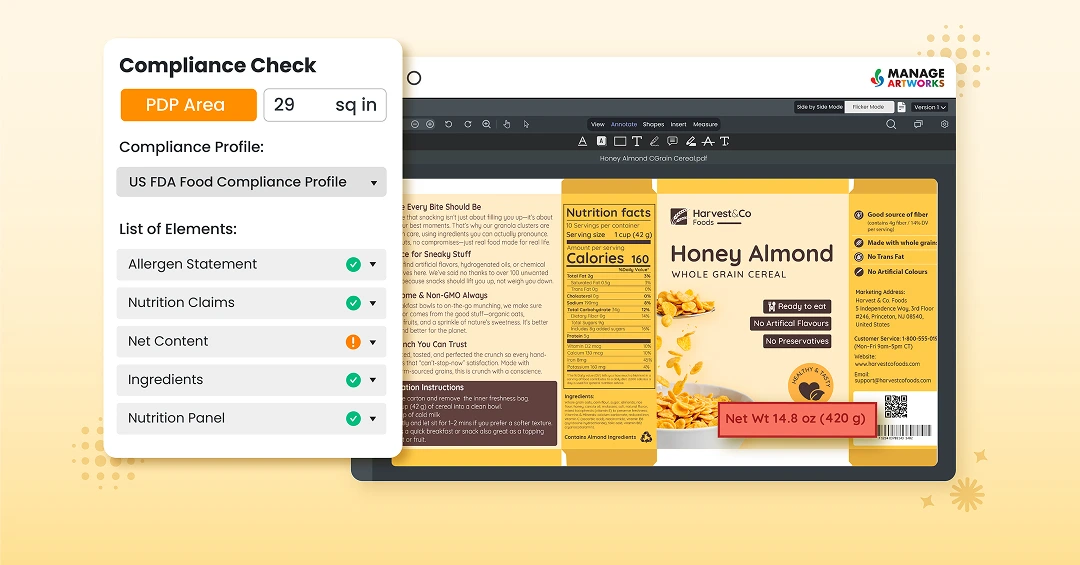The claims printed on packaging artwork are not just marketing copy; they rest on formulation, evidence, and compliance. If R&D ignores claim strategy, brands risk misalignment, regulatory pushback, or consumer backlash.
This blog dives into what R&D teams must know about labeling claims. Explore:
- How a product’s formula decides what claims can be made
- What kinds of claims exist, and the risk of overpromising
- Why claim approval workflows should stay closely aligned with product development
Finally, we’ll examine how ManageArtworks helps R&D keep up with claims.
How Formulation Choices Influence Label Claims
R&D doesn’t just develop formulas; they play a massive role in what a product can legally and credibly say on the shelf. Every ingredient choice has ripple effects. Each can unlock or limit what claims brands can legally and credibly make, from actives and carriers to preservatives and sweeteners.
- If a label says, “supports immunity,” the formulation must deliver the ingredient sufficiently, with credible evidence.
- A marketing-driven phrase like “wellness booster” must have proof to substantiate it.
Formulation choices must also account for where the product will be sold. What’s permitted in one country may be banned in another. In the U.S., the FDA defines strict criteria for different types of claims. In the EU, Regulation (EC) No 1924/2006 governs what qualifies as a nutrition or health claim.
Even minor tweaks in formulation can jeopardize a claim. Changing the concentration, switching an ingredient, or altering an active source may mean the original evidence no longer applies.
Common Types of Label Claims
Here are the major categories of label claims R&D teams encounter:
Nutritional Claims
These claims describe levels of nutrients: “low fat,” “reduced sodium,” and “high protein.” In the U.S., the Nutrition Labeling and Education Act (NLEA) sets numeric limits tied to daily values. For example, calling a product “low sodium” requires meeting defined maximums.
From a formulation standpoint, R&D teams must account for batch variation, ensure analytic precision, and manage raw material variability. Otherwise, they risk overshooting or undershooting the claim threshold.
Health Claims
Health claims, whether authorized or qualified, assert a link between a substance and disease risk (e.g., “may reduce risk of heart disease”). Such claims require FDA authorization or must follow qualified-claim pathways. According to the FDA, health claims:
- must contain the elements of a substance and a disease or health-related condition;
- cannot be claims about the diagnosis, cure, mitigation, or treatment of disease; and
- are required to be reviewed and evaluated by the FDA before use.
R&D needs to know whether the science will support a health claim and whether regulatory acceptance is feasible.
Structure/Function Claims
These claims relate to normal body function (e.g., “calcium supports bone strength,” “fiber supports digestive regularity”) without invoking disease. In the U.S., these do not require prior FDA approval but require substantiation. A notification must be submitted for dietary supplements within 30 days of use. The labeling must carry a disclaimer that the FDA has not evaluated the claim.
R&D must draw the line: if the claim drifts into disease language, the product may be regulated as a drug.
Ingredient Claims
These include statements like “organic,” “no artificial flavors,” and “non-GMO.” They depend on sourcing, certification, and supply chain documentation rather than clinical evidence.
R&D must collaborate tightly with procurement and quality to validate source claims and ensure consistent compliance.
Allergen Claims
Claims such as “contains milk,” “peanut free,” or “gluten free” carry direct safety and legal implications.
Since cross-contamination is common, R&D teams must conduct sufficient analytical testing, manufacturing controls, and validation to support this claim.
Risks of Unsubstantiated Claims
In India, the Indian Council of Medical Research notes that health claims on packaged foods can mislead consumers, especially when labels prioritize marketing over substance.
When claims are ungrounded, the fallout can be severe:
- Regulatory non-compliance: Authorities may deem the product misleading. Brands may face enforcement actions, forced re-labeling, or hefty penalties.
- Erosion of consumer trust: Customers who feel deceived rarely forgive. A publicly challenged claim can damage a brand's long-term reputation.
- Operational and financial cost: Post-launch discovery means label redesign, reprinting, recall logistics, wasted inventory, and renewed testing. Often, those costs exceed the initial investment.
Why R&D Needs Visibility into Claim Approval Workflows
When claims are built in isolation, gaps emerge. R&D should be part of the claim’s lifecycle for these reasons:
- Better collaboration with regulatory and legal: With R&D at the table, early feedback can flag when claims exceed what the formula can legally support. Teams can propose alternative, credible claims rooted in their ingredient profile.
- Clear understanding of substantiation requirements: Claims demand different types of evidence, such as clinical trials, mechanistic studies, and analytical validation. R&D needs to know the standard beforehand, so experiments and designs align with claim goals and are not reverse-engineered later.
- Automatic trigger for reviews as formulas evolve: Whenever brands alter supplier, process, analytical method, or ingredient profile, the claim mapping should send an alert to ensure changes don’t slip through and invalid claims don’t propagate.
How ManageArtworks Helps R&D Teams
A claims-governance platform like ManageArtworks can tighten the connection between formulation and labeling. Here’s how:
- Keeping claims in one place: A central library of approved claims, market rules, and usage guidelines means R&D can quickly confirm if a claim works across different markets
- Cross-team Clarity: R&D, regulatory, and marketing all work off the same approved claim set, reducing miscommunication and duplicate effort.
- Streamlining Approvals: The platform enforces sign-off gates with legal and regulatory teams before anything goes live. R&D can see where claims are stuck and act early, long before labels are finalized.
Conclusion
Labels are more than marketing copy; they reflect the formulation, evidence, and risk posture. If R&D stays aloof, the brand is exposed to regulatory, financial, and reputational vulnerabilities. However, if R&D understands claim constraints and participates in claim workflows, it can turn claims into competitive credibility.
By embedding claim awareness into the formulation process, requiring cross-functional review of claim changes, and using systems like ManageArtworks, you raise the chances of launching products whose claims endure scrutiny and build trust.
Frequently Asked Questions
It depends on the claim. Nutrient content claims rely on analytical data, while health claims, especially disease-reduction claims, often require rigorous clinical or epidemiologic evidence and regulatory approval.
Not in advance. However, brands must submit a notification for dietary supplements within 30 days of marketing.
The claim should be audited whenever brands modify a formula, change a supplier, adjust a process, or shift analytical methods.





.webp)
















